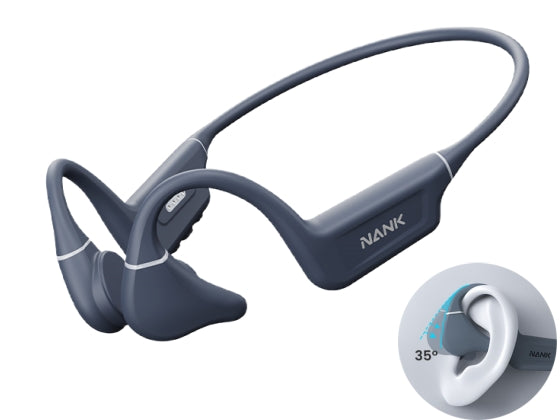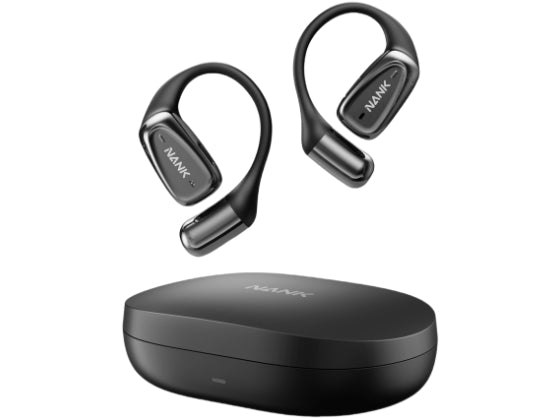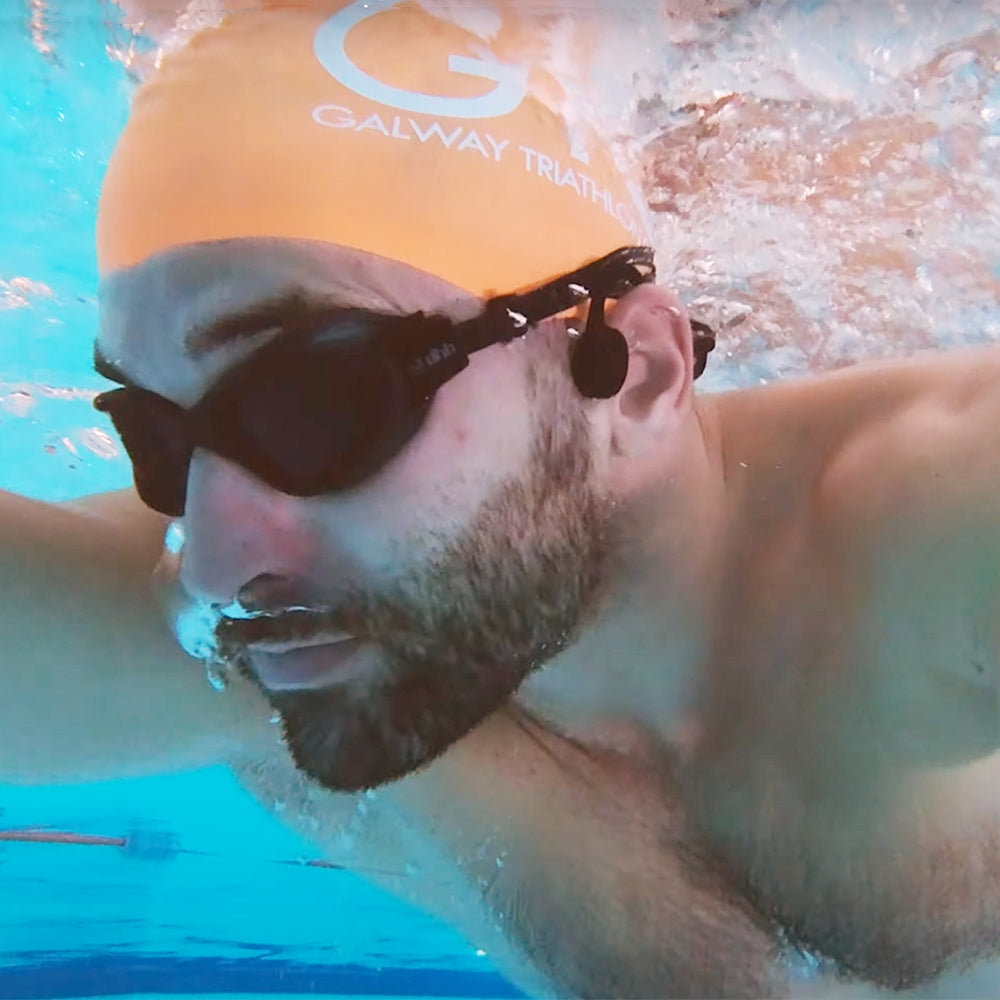Choosing the Right Bike

The first step in your cycling adventure is choosing a bike that fits you perfectly. There’s a wide variety out there—road bikes, mountain bikes, and city bikes, each designed for different purposes. If you're all about speed and smooth rides, a road bike with its lightweight frame and narrow tires is the way to go. Mountain bikes, on the other hand, are built for tougher terrain, boasting sturdy frames and wider tires for stability. If commuting is your main goal, a city bike focused on comfort and practicality might be the best choice. Remember to pick a bike that suits your riding style and is the right size for you, ensuring a comfortable and enjoyable ride.
Basic Equipment

When you're riding, safety should always be your top priority. A good helmet is non-negotiable; it protects your head in case of an accident, so choose one that meets safety standards and fits well. Comfortable clothing can make a big difference, too—look for breathable jerseys that keep you dry on longer rides. Other essential gear includes open ear headphone for music or navigation without blocking out ambient sound, water bottles to keep hydrated, and a toolkit for any minor repairs. Don’t forget gloves for comfort and reflective vests to increase visibility, especially in low light.
Riding Skills for Confidence

For beginners, a few basic riding skills are key to improving your riding ability and safety, which will help you feel more confident and smooth on the bike.
Maintaining a correct riding position increases comfort and reduces fatigue. Your upper body should be upright or slightly leaning forward, avoiding excessive bending at the waist. Grip the handlebars lightly with both hands and bend your elbows slightly to avoid tightness. Your feet should be flat on the pedals and try to keep your ankles relaxed to avoid over exertion. Regular adjustments to your riding position will help prevent discomfort and injury.
Proficiency in gear shifting skills is crucial for cyclists, especially when riding on different terrains. Typically, you should shift to a lower gear earlier when going uphill for an easier ride, while you can shift to a higher gear to increase speed when going downhill or on a flat road. Beginners can gradually adapt to switching between different gears through more practice to find the most suitable riding rhythm for themselves.
Proper use of the brake system can ensure your safety. During riding, the use of front and rear brakes should depend on the situation. It is usually recommended to use both front and rear brakes when decelerating, but in an emergency, the rear brake should be used first to avoid falling forward. Beginners can practice braking at different speeds to find the most suitable braking style for them.
When riding in the city or with other cyclists, it is crucial to keep a proper distance between vehicles. Avoid getting too close to the rider or vehicle in front of you so that you have enough time to react in case of an unexpected situation. It is recommended to maintain a safe distance of at least one metre to ensure that you can brake or steer safely in an emergency.
By mastering these basic riding skills, you will be more comfortable with different riding conditions and enjoy riding. Remember, cycling is a sport that requires patience and practice, and constant practice will help you become a better cyclist.
Developing a Training Plan

Developing a sensible training plan is essential to improving your riding ability. Firstly, set clear goals, such as riding a certain number of miles per week or participating in a cycling event, and assess your current level. It is recommended to arrange 3 to 4 training rides per week, which can last from 30 minutes to 1 hour, and alternate different training elements, such as long-distance rides, short-distance sprints and hill-climbing training. At the same time, take reasonable rest breaks to facilitate physical recovery. Keeping track of progress, adjusting the programme flexibly and joining a cycling community to ride with others can make training more fun and efficient.
Conclusion
Cycling is a rewarding and enjoyable activity for everyone. With these beginner tips, you’ll ride with greater confidence and safety. Keep learning, practicing, and engaging with the cycling community to enrich your experience.
We hope you find these tips helpful and wish you many enjoyable rides ahead!








